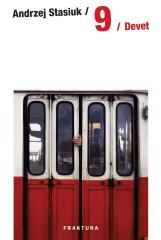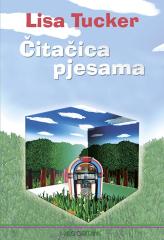
Admiralski stijeg
I define the novel as neo-historical, written exactly according to an established outline like other neo-historical novels; by inserting fictitious characters and events into a well-known, factual, historical framework.
The novel Admiralski stijeg stands out for its abundance of metatextual elements that have their own purpose, which the reader is forced to perceive and interpret. Metatextual elements will be analyzed in detail in this paper with the aim of explaining metatextuality in general and its interpretation in the novel Admiralski stijeg. In addition, metatextuality is broken down into open and actualized forms of diegetic, i.e., linguistic self-awareness, and I describe the realization of each individual form in the work of Ivan Katušić. In addition, I will explain metatextuality as a concept and explain the views of literary theorists who are interested in this area. The thesis is structured in such a way that the first chapter presents an introduction to the center of his profession. Before the actual analysis of Katušić's novel, the literary work of Ivan Katušić was presented in the second chapter. Furthermore, they are in the third chapter presented the main characteristics of the new historical novel and Admiralski stijeg as a new historical novel. The area of interest in the fourth chapter is the explanation of the concept of metatextuality and the viewpoints of literary theorists. Some of the experts who study metatextuality and its occurrence in literary works, and are mentioned in this paper, are Linda Hutcheon, William H. Gass and Patricia Waugh. The fifth chapter can also be considered the most important chapter of this work. It presents a detailed analysis of Ivan Katušić's novel Admiralski stijeg and observed metatextual elements, which is the ultimate goal and purpose of this of work. Each of the metatextual forms is described separately, its purpose is explained and it is thoroughly supported by quotations from the book Admiralski stijeg. The final chapter summarizes everything previously written in the paper and my own conclusions related to the mentioned topic.
No copies available
The last copy was sold recently.





